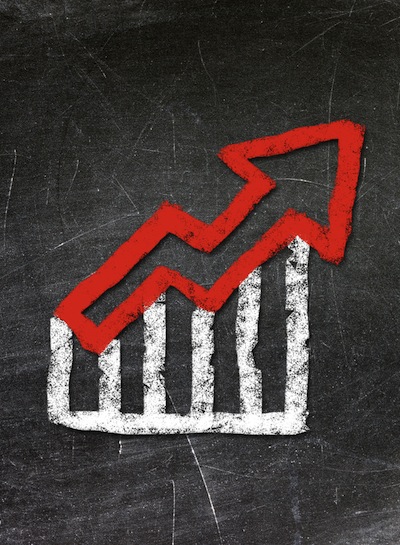GDP at 70: What’s Next?
The revolution of well-being and sustainability is under way.
April 13, 2014

We are celebrating this year the 70th anniversary of the reign of GDP. Conceived in the 1930s by Simon Kuznets, it was crowned king of all economic data at the Bretton Woods Conference in July 1944, at the height of World War II, when western nations embraced it as their common power and success currency.
Across the world, scholars and policymakers are recognizing in growing numbers that standard economic indicators such as GDP are not only misleading horizons for societies but broken compasses for policy.
It will take time to complement and eventually replace those metrics by indicators able to yield true and lasting policy change. But the revolution of well-being and sustainability is under way.
This endeavor matters because un-measurability means invisibility – or, as the saying goes, “what is not measured cannot be managed.” Measuring is governing: indicators determine policies and actions.
Some twenty new indicators have actually been put forward by international institutions, academic teams, national and local governments in the last three years alone, relying on various approaches.
But can these metrics really change the reality they help us grasp? Can they deliver not only new analysis, but also new policy, and be as performative as they are informative?
A key part of this answer depends on what will happen in the world’s “Big Three” economies: the US, China and the European Union. The evidence one gathers from there is tilting toward being encouraging.
Shifts in the United States
The United States has long given priority to economic growth. But that “growth above all” mantra is gradually ceding ground to a long overdue national debate on the explosive and destructive level of income inequality in the United States.
Barack Obama has recently labeled the growing income gap “the defining issue of our time” and devoted a significant portion of his 2014 State of the Union address to the issue.
At the local level, Bill De Blasio, the new mayor of New York City, focused his entire election campaign on the very issue – and won big.
What is shining through this is that out-of-control inequality, which marks and mars the current U.S. economy, does not just show very poor sense or bad economics but terrible politics too.
The Democratic Party is bound to lose its identity if income inequality grows under its reign just as much as or even more than it did under Republican presidents.
China’s dashboard
In China, officials adopted in 2006 what amounts to a sustainable development dashboard, with environmental targets complementing economic and social objectives.
This new balanced development strategy recognizes that exponential economic growth can end up harming human development. This conceptual shift, first spelled out by then-Premier Wen Jiabao was reaffirmed not just with the 12th five-year plan in 2011, but more recently with the anti-pollution program launched last Fall.
China, like most nations in the word, is certainly quite far away from a sustainable development path. But, truth be told, which Western country in the 1960s, at the height of its industrialization wave, adopted such lofty environmental goals?
Where Europe leads?
It is well known that the European Union is the global environmental leader on key issues such as climate change, chemicals regulation or biodiversity preservation. But it was also a pioneer on the “Beyond GDP” agenda, embracing it at the highest level back in 2007
The region is currently integrating new sustainable indicators, balancing economic development, social cohesion and environmental sustainability, in its development strategy for the next decade.
By attempting to measure well-being, these new approaches – whether in Europe, the United States or China – try to identify the true drivers of a human success that goes beyond purely material status.
As Chinese Premier Li Keqiang put it in mid-March of this year, “We are not preoccupied with GDP growth. The growth that we want is one that brings real benefits to the people.” The revolution of well-being and sustainability is indeed under way.
Takeaways
Celebrating this year its 70th anniversary is GDP: an indicator conceived by Simon Kuznets.
The 1944 Bretton Woods Conference was when the West embraced GDP as the final measure of success.
The United States has long given priority to economic growth at the expense of destructive income inequality.
China has adopted a sustainable development dashboard, with environmental targets alongside economic ones.
Read previous

Russia and Europe: Separated at Birth
April 13, 2014
